The best way to see this beautiful and diverse island properly is to hire a car. If you’re about to do any driving in Trinidad, here’s some information which you might find useful.
In this article
Driving in Trinidad – the pros
Please be aware that these are written from the point of view of a British driver!!
- In Trinidad, they drive on the left, If, like us, you’re from the UK, this is a real bonus. At least you set off thinking that everything’s familiar.
- The official language of Trinidad is English. Again, for us, this means that there is no trouble reading signs or asking for help if you get stuck.
- As an oil-producing nation, petrol prices in Trinidad are very low – just $TT3.47 per litre (about 38 pence or 52 US cents).
- Drivers with licences issued in the USA, Canada, the UK, Germany, or the Bahamas, can legally drive in Trinidad for up to 90 days. Everyone else requires a valid international driving licence.
- Trinidadian drivers are generally very laid back. Road rage is very rare. If they use their horn, it is usually as a thankyou gesture for a courtesy, a hello to a friend, or an indication to overtake, rather than a sign of anger.
Driving in Trinidad – the cons
- Trinidadian roads are diabolical! Potholes are everywhere and are often large enough to swallow a car completely!
When we first arrived on the island, we picked up our hire car at the airport and set off to our AirBnb accommodation. It was dark and the automatic transmission was causing me one or two problems as I’m used to driving a manual vehicle. However, I negotiated our way out of the airport and onto the highway without incident. As soon as we turned off, though, I drove into a huge pothole that I hadn’t seen. The front wheels went down the hole, the front bumper hit the ground with a bang and it felt like I’d ripped the chassis from the car’s body! I hadn’t, fortunately! Once I’d extricated myself, I proceeded with extra caution. I became aware that the lights of oncoming cars were zigzagging across the road. I slowed to a crawl as I realised that these drivers were negotiating their way around lots more massive potholes.
When we drove out in daylight the next morning, we saw exactly how bad the road was and were amazed that we’d arrived at our destination in one piece!
This experience set the standard for the vast majority of the roads on the island. As I’ve written in previous posts (here and here), I quickly learned that driving in Trinidad means not taking your eyes off the road in front of you for a second – even if that means you miss the spectacular scenery on either side of the road!
2. Not only are there potholes, but landslides are also commonplace, especially in the rainy season.
We were in Trinidad supposedly in the dry months but still witnessed several. One in particular on the north coast road was very scary. The road in front of us disappeared under a deluge of red earth which careered down the hillside to our right.
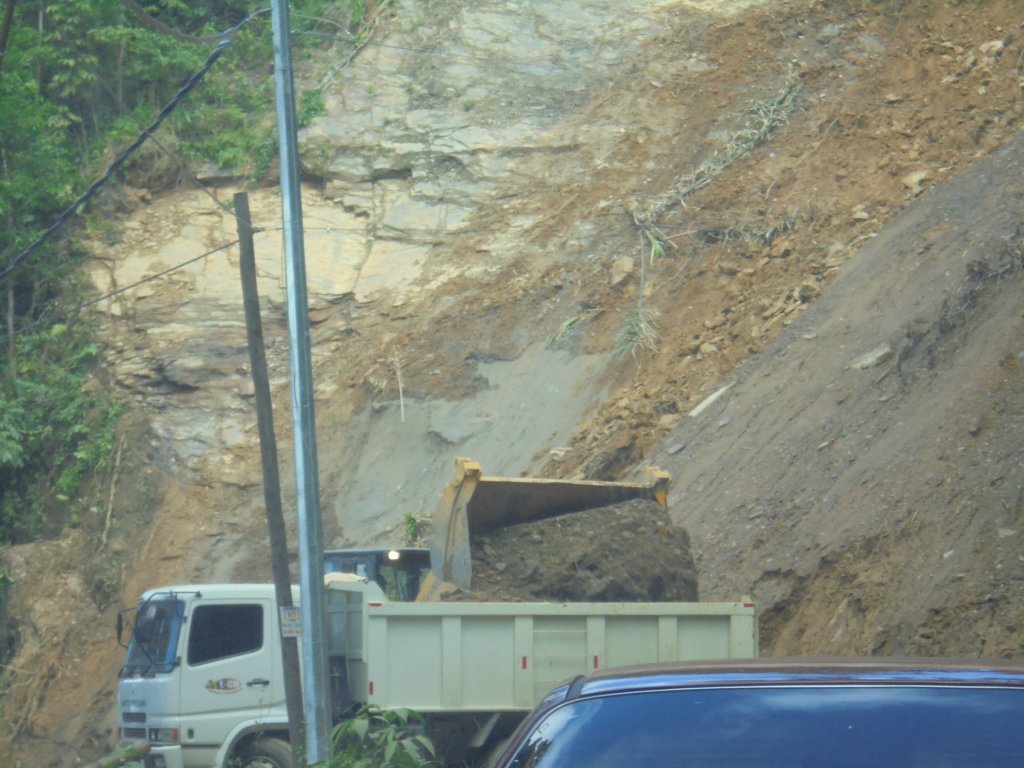
3. Trinidad is not reliant on tourism for its economy, so catering to visitors by having clear signage is not a priority. Countless times, we couldn’t find a place because there were no signposts.
4. Trinidadian drivers habitually stop without notice, even on the highway. They stop to pick people up or drop people off, to buy a snack from a roadside vendor, or to chat to a friend. They never use indicators, so, again, it’s up to you to be alert at all times.
5. When driving on the highway, Trinidadians treat it like an American freeway, despite signs telling them to keep to the left and only move across when overtaking. They also love to weave in and out of the traffic at speed like they’re in some kind of police chase!
6. Tailgating is commonplace. It’s not because they want you to pull over; they just like to drive very close to the car in front!
7. Many Trinidadian cars are in a poor state of repair. Most have at least one light not working. As a result, when driving at night, most people simply put full beam on. Keep your eyes to the left verge to avoid being dazzled.
8. Hand signals are often used, though it’s not always clear what they mean! If you see someone waving their arm out of the window, slow down – just in case!
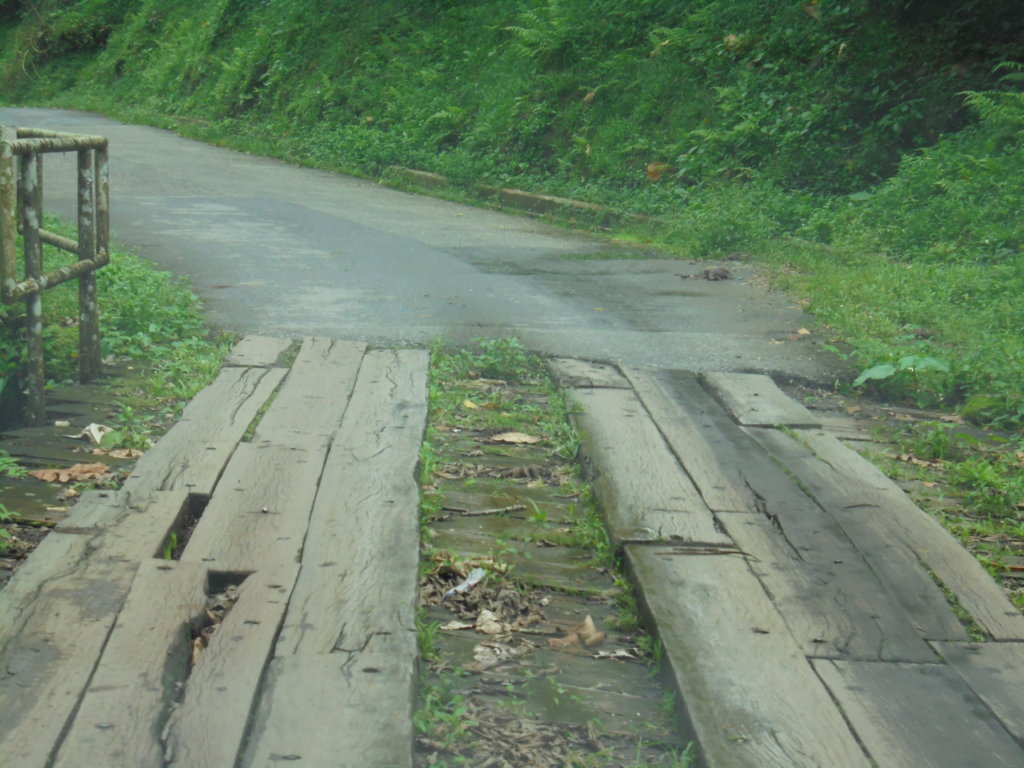
TIPS
- Theft of cars and from cars is common in Trinidad. Be careful to park only in well-lit busy places and don’t leave valuables on view. We didn’t have a problem as we hired our car through EconoCar, the cheapest rental company in Trinidad and Tobago. It was a battered old Nissan which would certainly not have been at the top of the list for any car thief! It came supplied with one of those chunky old-fashioned steering locks which was a visible deterrent if anyone had been tempted to have a go!
- Traffic lights are very confusing. As well as the usual red, amber, green sequence, you’ll also see flashing red or yellow lights. Both mean ‘proceed with caution’, but yellow means that you have the right of way, and red means that someone else does. Who? This is never very clear!
- Seat belts must be worn. Many locals don’t use them, but don’t be tempted to follow their example; you’re much more likely to be stopped for such an offence if you are driving a hire car.
- Drink and drug driving is illegal, though the attitude to it is much more laid back than in other countries.
- The law also demands that drivers be properly attired. Men can be charged for driving without a top on (I’m not sure whether the same law applies to women!).
- The speed limit is 80 km/hr on highways and 55 km/hr on other roads – though locals invariably exceed these!
Finally, go for it! Driving yourself is undoubtedly the best way to get off the beaten track and see the real Trinidad. Take the usual precautions and you’ll be fine. We drove 2,500 km in two weeks with hardly an incident!!
READ MORE ABOUT TRINIDAD
LIKE WHAT YOU’VE READ? PIN IT!!
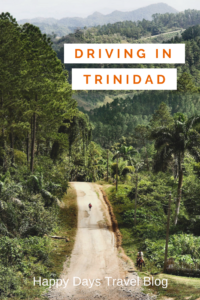
If you’re travelling soon, please use these links!
Are you travelling soon? Use these links when making your bookings. These are the companies we use. It won’t cost you any extra, but we will earn a few pennies to help keep Happy Days Travel Blog going. Thank you!!
- Book your travel insurance with World Nomads (Never leave home without protecting yourself, your trip and your belongings!)
- Book your flight with Skyscanner
- Book your accommodation with Booking.com
- Book a tour with Tour Radar or Intrepid Travel
- Book city tours and activities with Get Your Guide
Disclosure: This post contains affiliate links. If you click through for more information, or to make a purchase, it may result in a small commission coming my way. Please note that there is no extra cost to you associated with this. Thank you so much for supporting my site.
Join our mailing list

Sign up to receive our monthly newsletter. Keep up with what we're doing and be the first to receive special offers and insider tips.

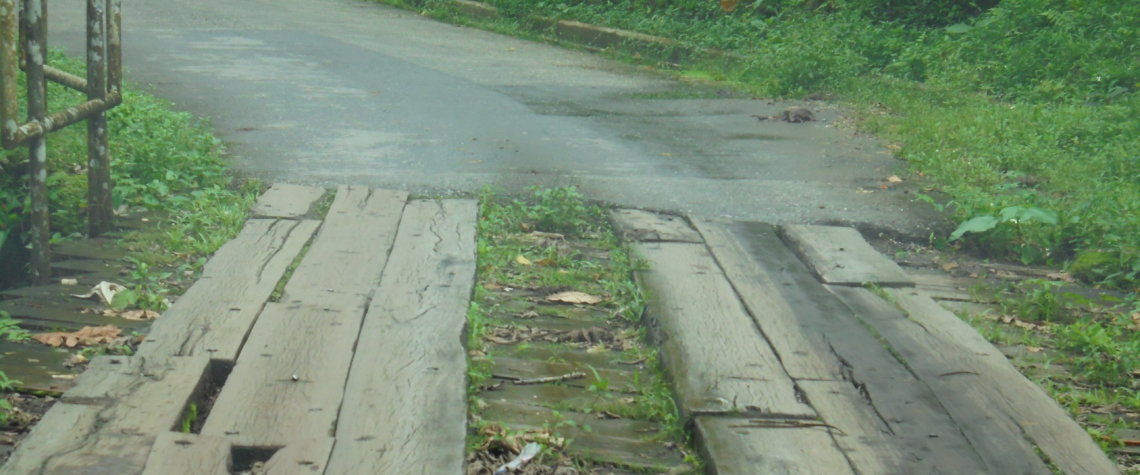
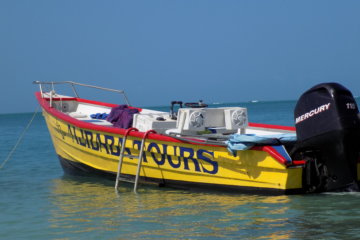


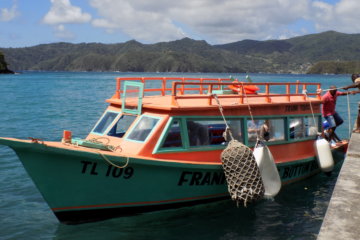


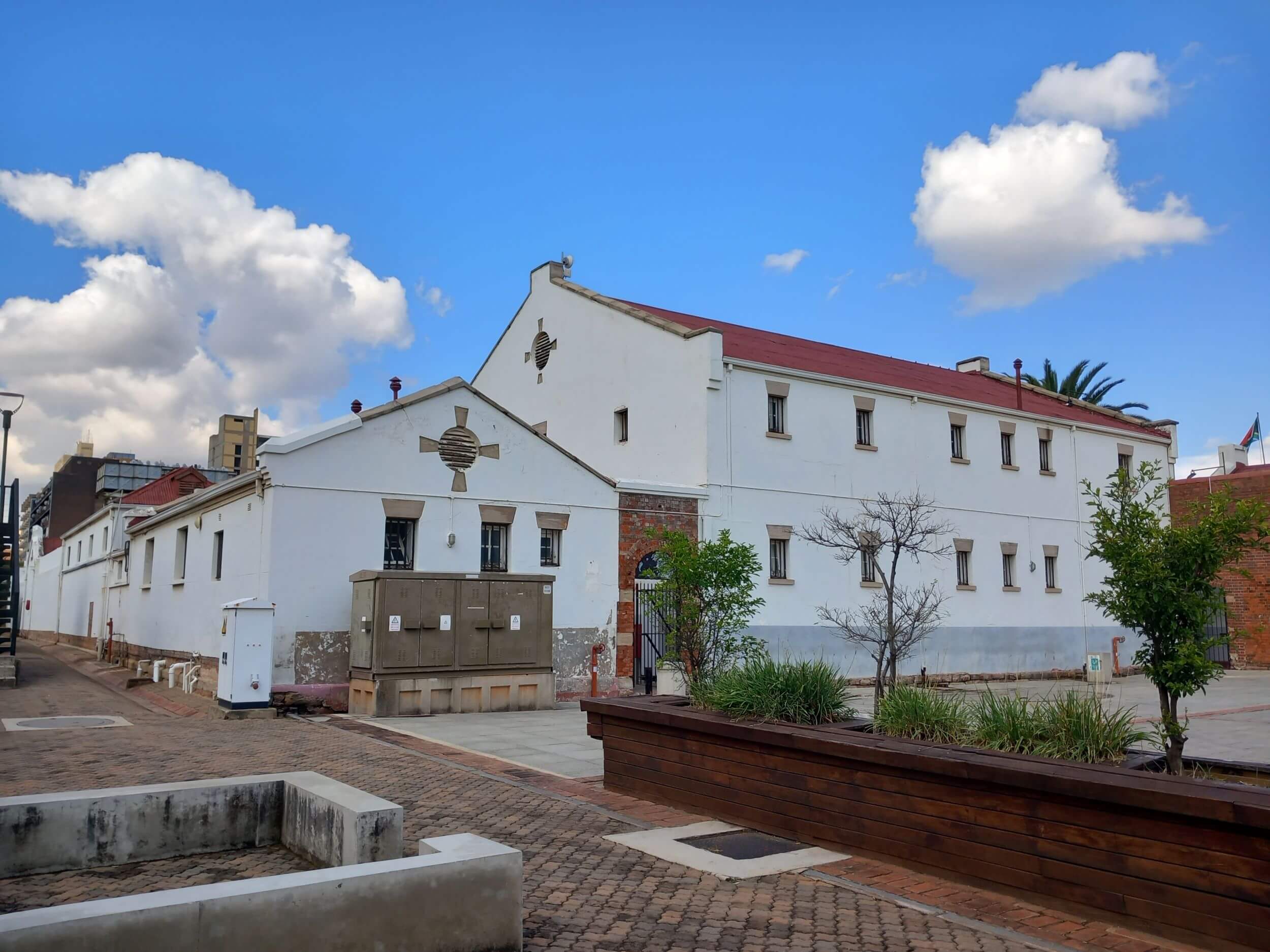

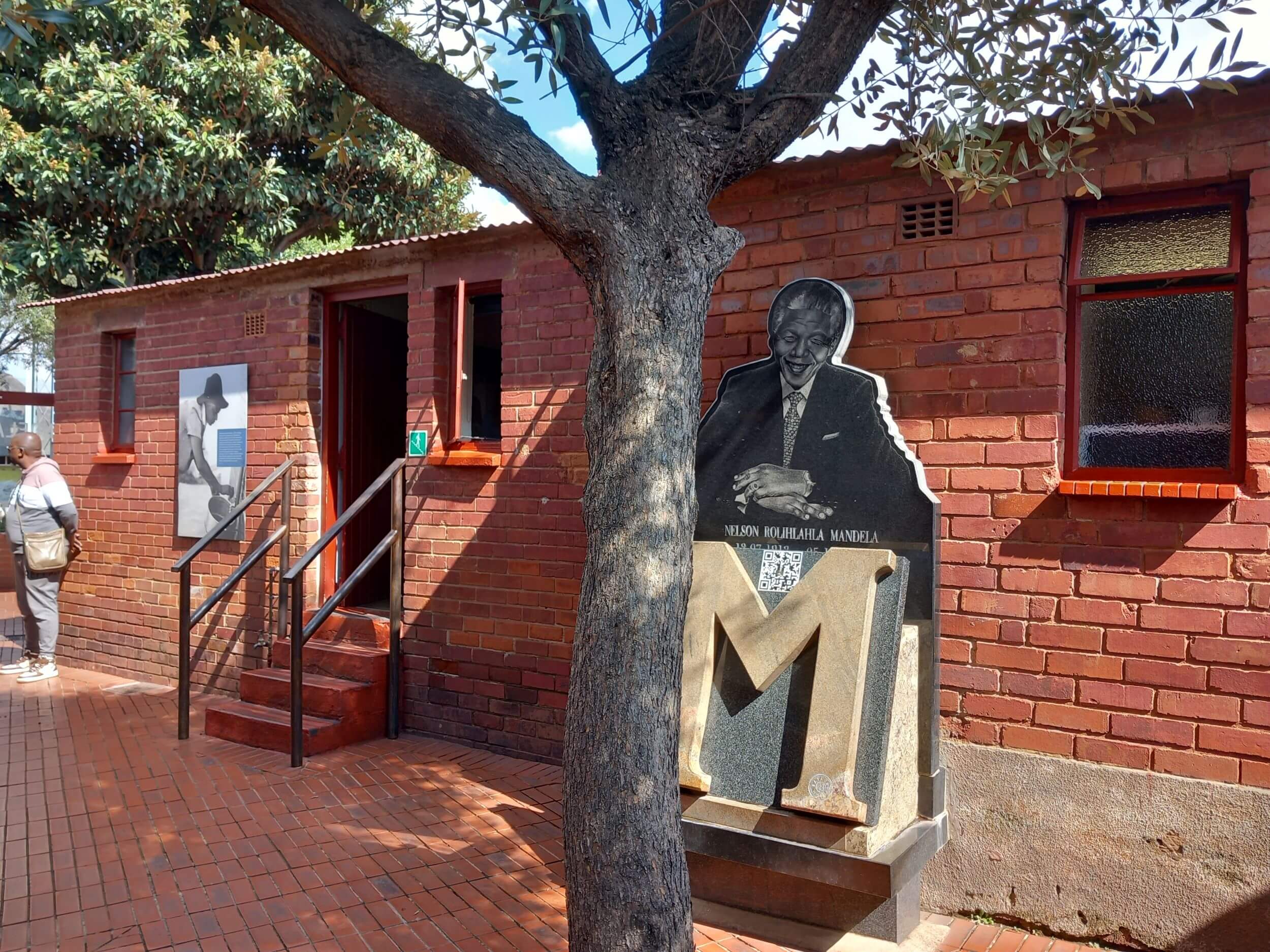
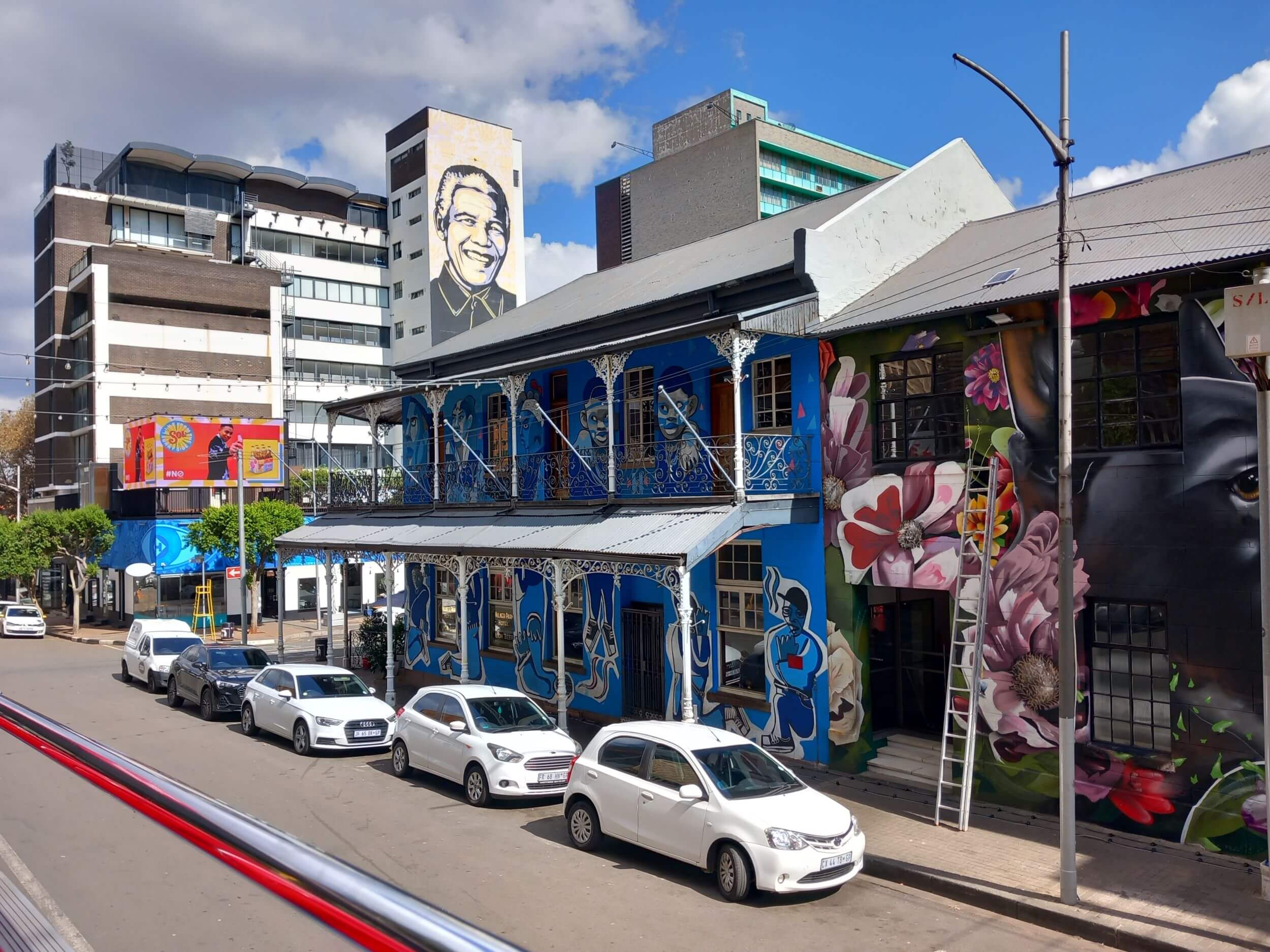


I feel like singing an old rhyme, oh a huntin’ we will go a’ huntin’ we will go
hey ho a daddy oh, a huntin’ we will go. and then running aound the gardens or
new places to find anything \new.
Good report and description of your arrival in TT and the driving. You must have done every trak to do that mileage.
I think we did, Jacqueline! 🙂